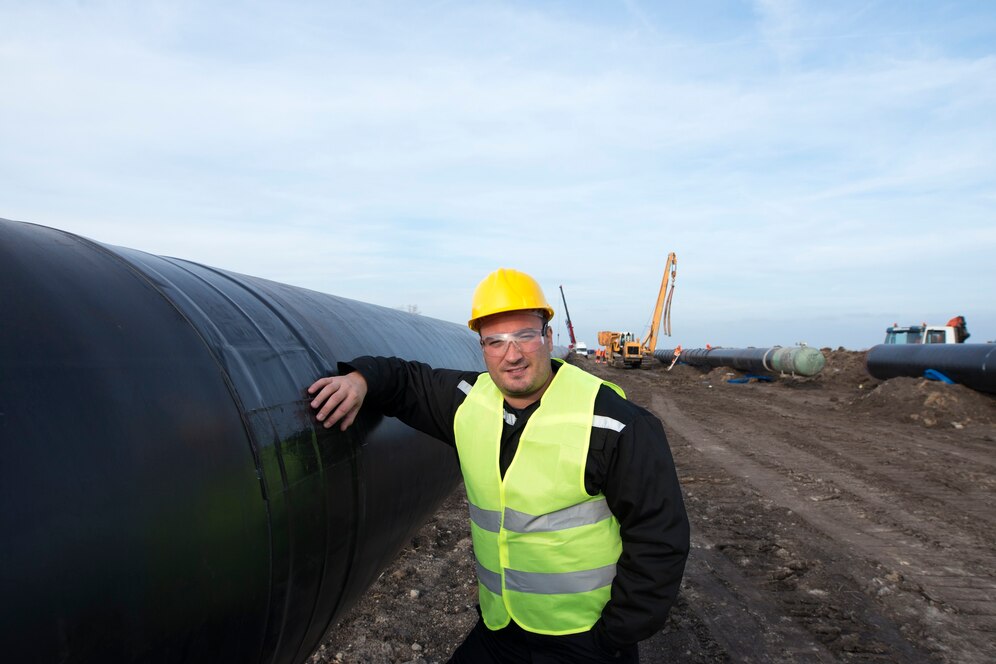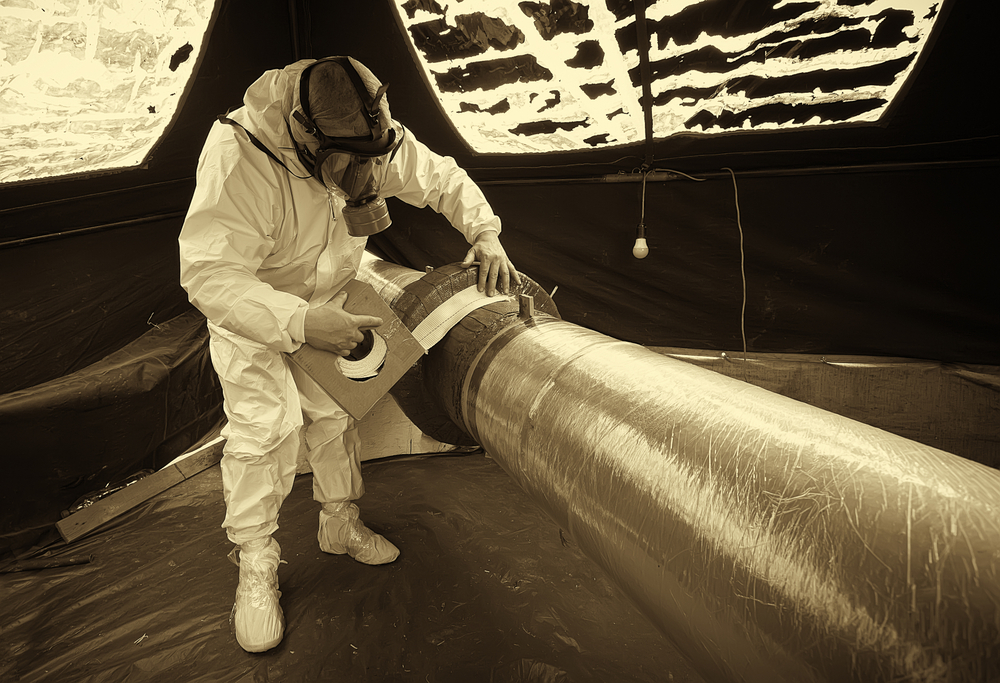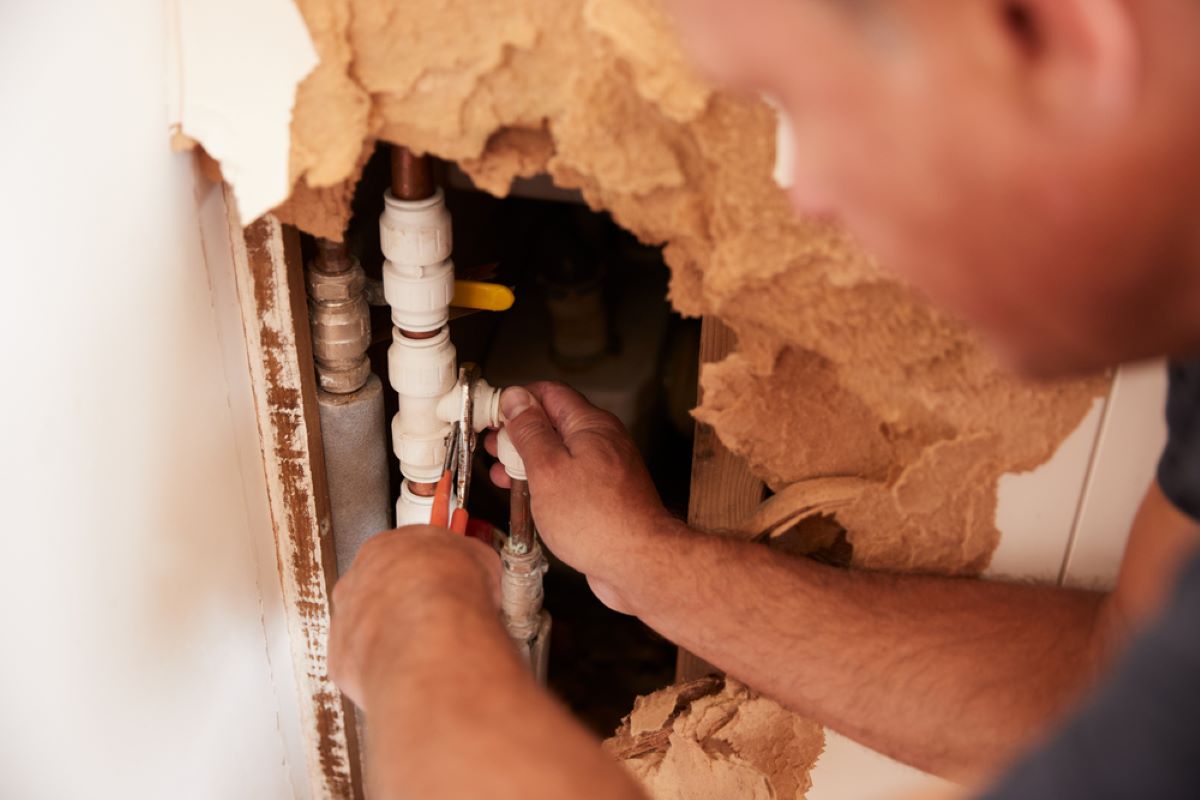Internal pipeline corrosion is a significant concern for industries worldwide, leading to costly repairs, equipment failures, and potential safety hazards. Understanding the root causes of this problem is essential for implementing effective corrosion control measures.
In this blog post, we will delve into the primary factors that contribute to internal pipeline corrosion, focusing on the role of weld joints and other factors and the innovative solutions offered by Lined Pipe Systems (LPS).
The Role of Weld Joints
Weld joints are essential components of pipelines, but they can also be a significant source of corrosion. The unique metallurgical characteristics and fabrication processes associated with weld joints can create conditions that promote corrosion. These factors include:
- Metallurgical discontinuities: Porosity, cracks, and incomplete fusion can provide nucleation sites for corrosion.
- Residual stresses: Welding can introduce residual stresses that can contribute to stress corrosion cracking.
- Differential anode effect: The metallurgical differences between the weld metal and the base metal can create a galvanic couple.
- Improper welding techniques: Overheating and undercutting can lead to corrosion-prone areas.
Additionally, we suggest reading out “FlexSleeve®: The Ultimate Solution for Pipeline Corrosion Prevention.”
Other Factors Behind Pipeline Corrosion
While weld joints play a significant role in internal pipeline corrosion, there are numerous other factors that can contribute to internal pipeline corrosion problem.
Environmental Factors
- Soil Conditions: The soil surrounding the pipeline can affect corrosion rates. Soils that are acidic, saline, or contain corrosive substances can accelerate corrosion.
- Electromagnetic Interference: Electromagnetic fields from nearby power lines or other sources can contribute to galvanic corrosion.
- Temperature Variations: Fluctuations in temperature can create thermal stresses that can promote corrosion.
Fluid Composition
- pH: The acidity or alkalinity of the fluid flowing through the pipeline can influence corrosion rates.
- Dissolved Solids: The presence of dissolved salts, minerals, and other substances can accelerate corrosion.
- Oxygen Content: Oxygen in the fluid can act as a catalyst for corrosion.
Operational Factors
- Flow Velocity: High flow velocities can increase the rate of erosion-corrosion, which can lead to localized damage.
- Pressure Fluctuations: Rapid changes in pressure can create stress concentrations that can promote corrosion.
- Start-Stop Cycles: Frequent starts and stops can contribute to fatigue and corrosion.
Design and Construction
- Material Selection: The choice of material may not be suitable for the specific environment or fluid being transported.
- Fabrication Quality: Poor fabrication practices can lead to defects that promote corrosion.
- Installation Methods: Improper installation techniques can create stress concentrations or damage the pipeline.
Moreover, we suggest reading out “Benefits of Using LPS CCB Sleeves for Your Pipeline Project.”
Maintenance and Inspection
- Neglect: Inadequate maintenance and inspection can allow corrosion to progress unchecked.
- Incorrect Repairs: Improper repairs can introduce new defects or exacerbate existing corrosion.
Mitigating Corrosion Risks
To address these factors, it is essential to:
- Conduct regular inspections: Identify potential corrosion issues early on and take corrective action.
- Implement effective maintenance programs: Ensure that pipelines are properly maintained and repaired as needed.
- Select appropriate materials: Choose materials that are resistant to corrosion in the specific environment.
- Optimize design and construction: Minimize stress concentrations and avoid defects during the design and construction phases.
- Control environmental factors: Take steps to mitigate the effects of soil conditions, electromagnetic interference, and temperature variations.
- Monitor fluid quality: Regularly monitor the composition of the fluid flowing through the pipeline.
By addressing these factors, industries can significantly reduce the risk of corrosion-related problems and ensure the long-term integrity of their pipelines.
Additionally, we suggest reading out “CCB® Sleeve: The Proven Champion for Internal Weld Protection.”
Innovative Solutions from Lined Pipe Systems (LPS Corrosion Controls)
LPS offers a range of cutting-edge technologies to address the challenges posed by internal pipeline corrosion, particularly at weld joints. Our solutions include:
- FlexSleeve: A flexible, high-density polyethylene (HDPE) liner that provides a protective barrier against corrosion, abrasion, and chemical attack.
- SealSleeve: A rubber-based sleeve that seals leaks and prevents corrosion in pipelines.
- CCB Sleeve: A composite carbon-based sleeve that offers exceptional corrosion resistance and mechanical strength.
These products are designed to be installed in place, without the need for extensive excavation or pipeline replacement. This not only reduces costs but also minimizes disruptions to operations.
The Benefits of LPS Solutions
By choosing LPS solutions, you can:
- Permanently control corrosion: Our technologies provide long-lasting protection against internal corrosion.
- Extend pipeline life: Prevent costly repairs and replacements, saving you time and money.
- Improve safety: Reduce the risk of leaks and failures, ensuring the safety of your operations.
- Minimize environmental impact: Avoid the need for extensive excavation and disposal of contaminated materials.
Conclusion
Internal pipeline corrosion is a complex problem that requires a comprehensive approach. By understanding the root causes, particularly the role of weld joints, and implementing innovative solutions like those offered by Lined Pipe Systems (LPS), you can effectively mitigate corrosion risks and ensure the long-term integrity of your pipelines.
Contact us today to learn more about how LPS can help you address your internal pipeline corrosion challenges.





